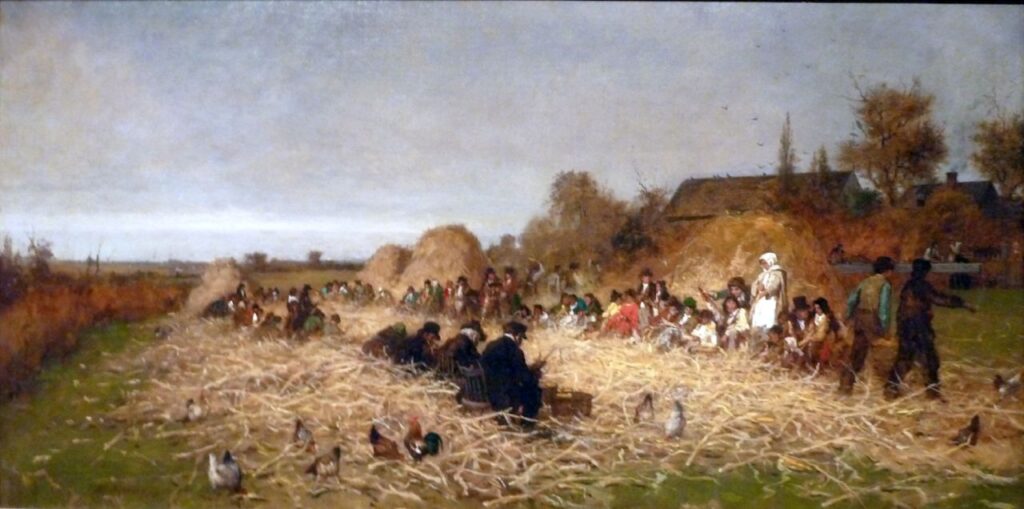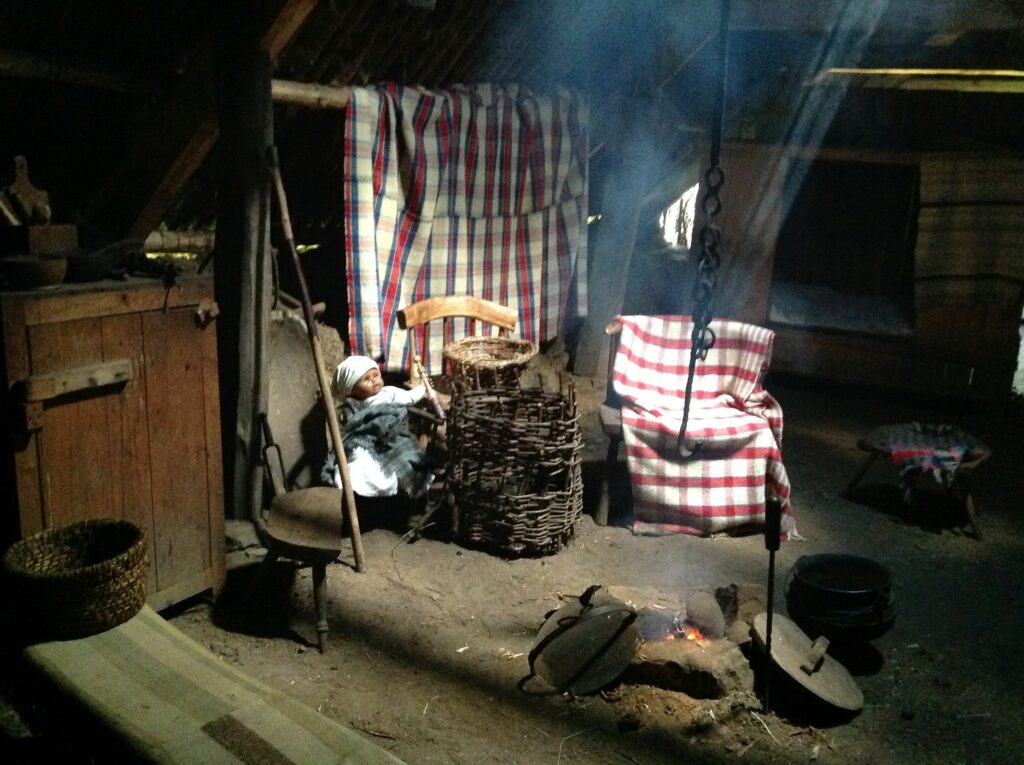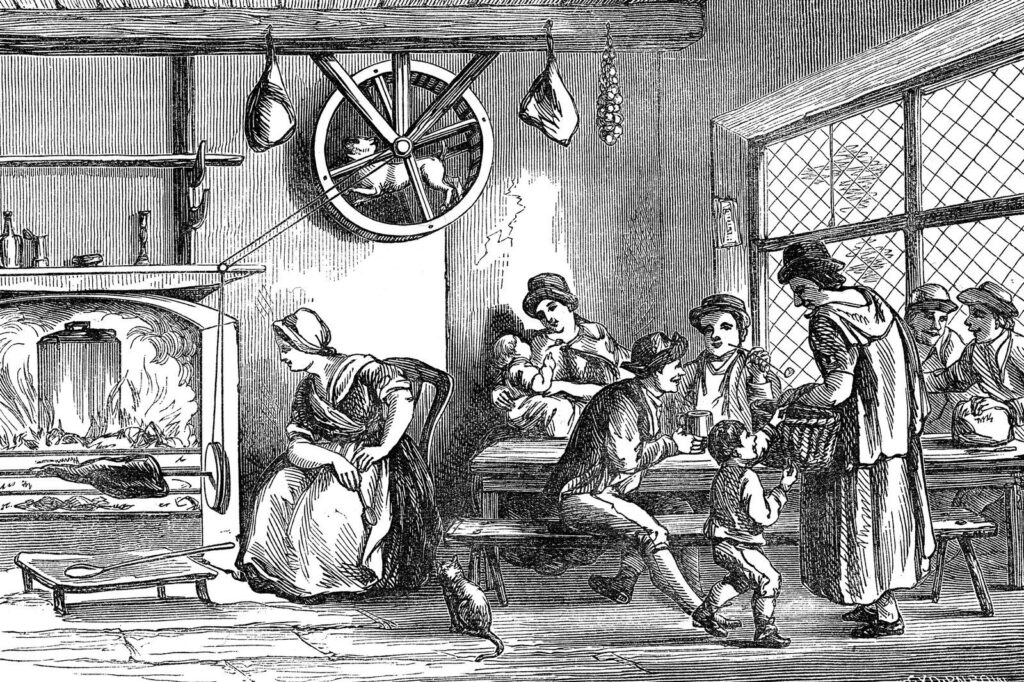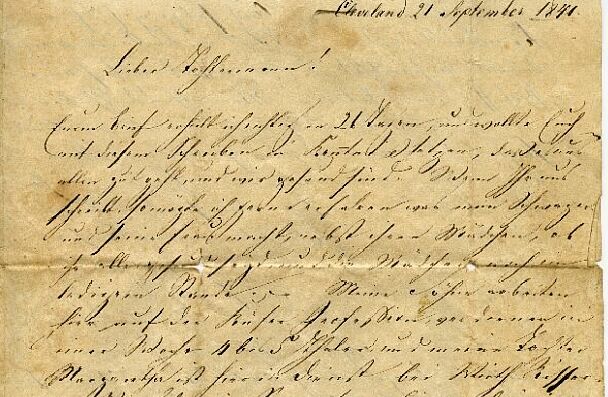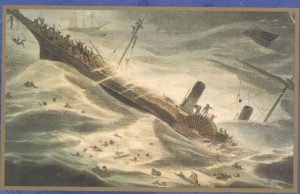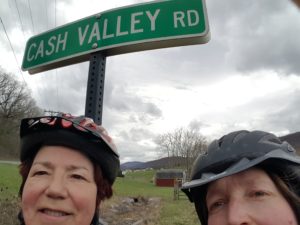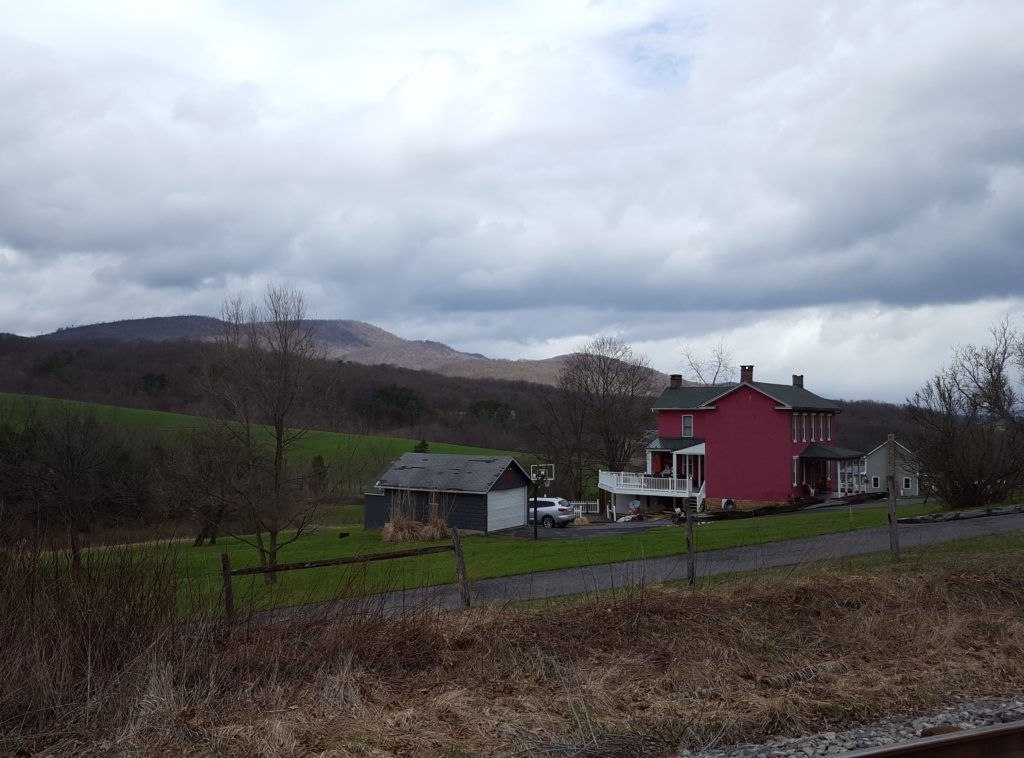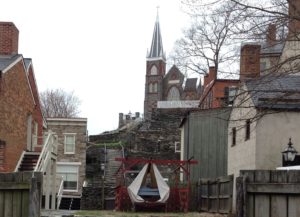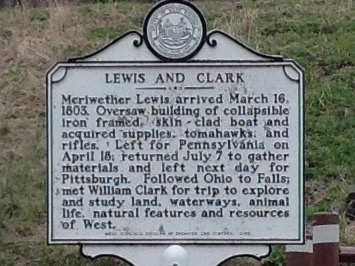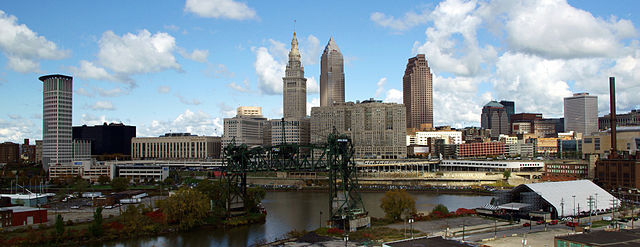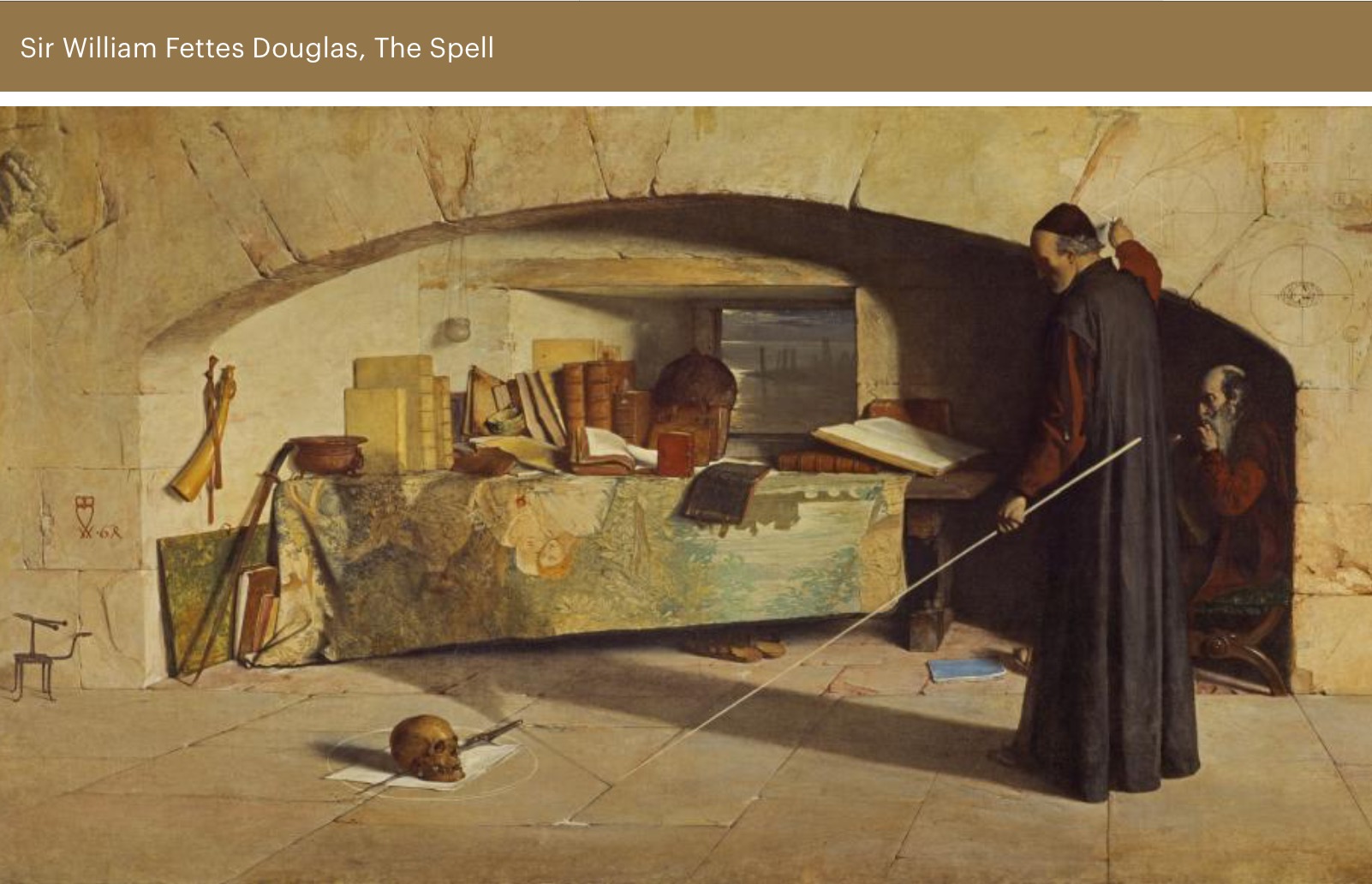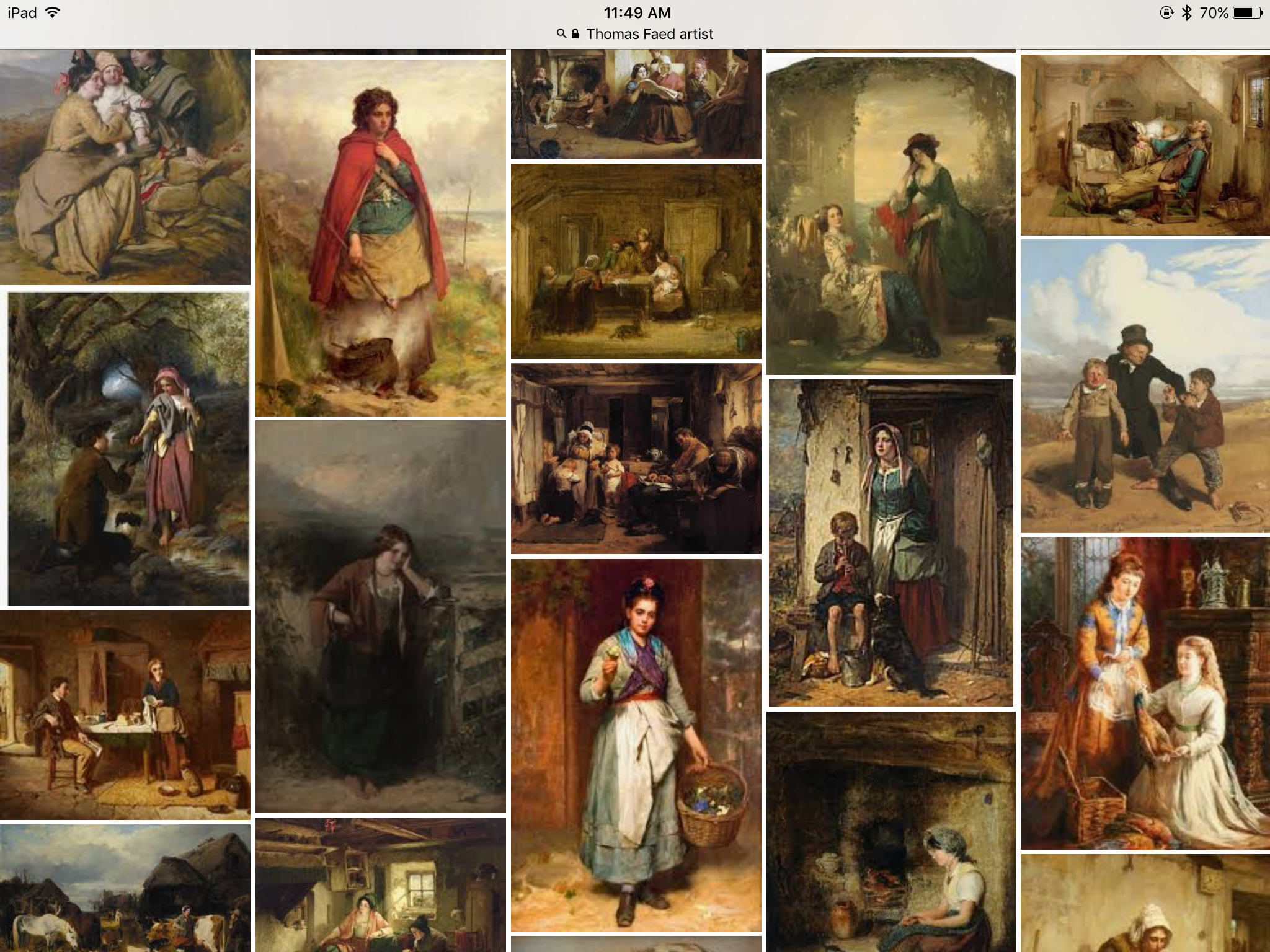Recently, my brother was going through boxes kept after Dad passed away and unearthed two tools.
“They say Harm on them,” he said to me over the phone, “so I thought you might want them.”
Yes! Of course I want them. I wrote a novel based on the true story of my great-great grandfather Michael Harm and his Harm & Schuster Carriage Works, and by now I’ve collected a small museum of items: photos, a goat cart, a beer stein. I’d not come across any tools, though.
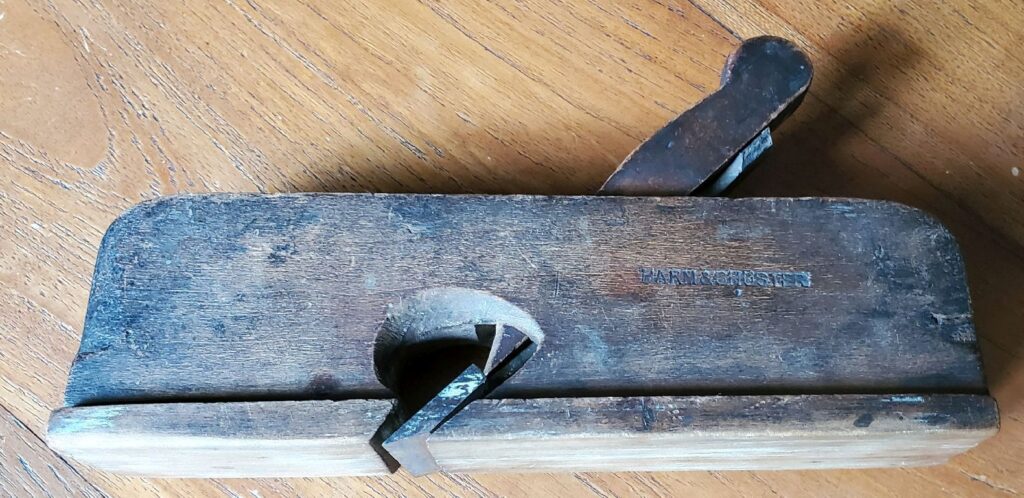
“One of them looks like a carpenter’s plane,” my brother added. “Not sure why it was kept, though.”
“I bet I know why!” Through genealogy research, I’d discovered the carriage works was a family affair. Michael Harm married Elizabeth Crolly. Her father worked as a carpenter at Harm & Schuster. “Your 3x great grandfather, Adam Crolly, was a carpenter. He’s pictured in the old photos.”
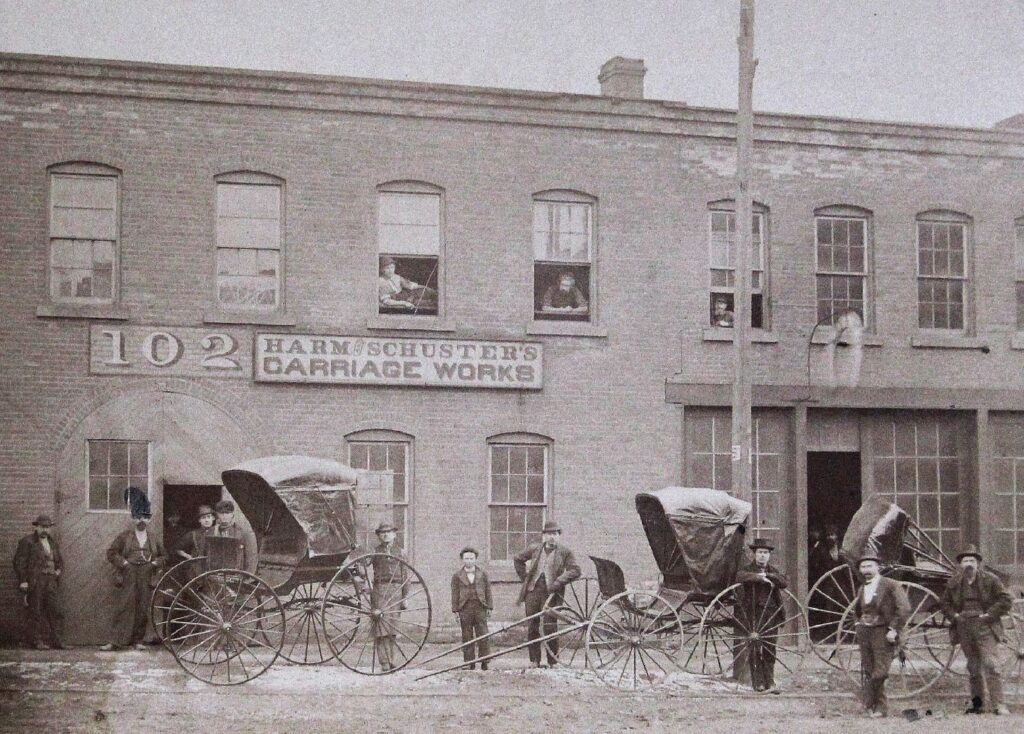
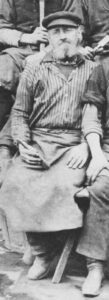 Above in this photo, circa 1874, of the Harm & Schuster Carriage Works, our 3x great grandfather Adam Crolly is shown in the upper right window. In the photo at right, Adam Crolly is holding an adze — another tool of his carpentry trade.
Above in this photo, circa 1874, of the Harm & Schuster Carriage Works, our 3x great grandfather Adam Crolly is shown in the upper right window. In the photo at right, Adam Crolly is holding an adze — another tool of his carpentry trade.
“Then there’s a knife of some kind, I’m not sure what it’s for,” my brother said. “It has a curved blade, something like an ulu.”
That tool remained a mystery until a couple of weeks later when my brother and I met up for a family gathering. After much speculation about the knife and its uses, my niece and I did some internet browsing and found a poster of antique tools, one of which resembled ours. “Couteau à pied” the inscription underneath it read. Literal French meaning: “knife in foot.” Or possibly, “knife for foot.” Still not quite right. More digging turned up a probable English counterpart: a couteau à pied is a type of trimming tool, a round head knife for cutting leather.
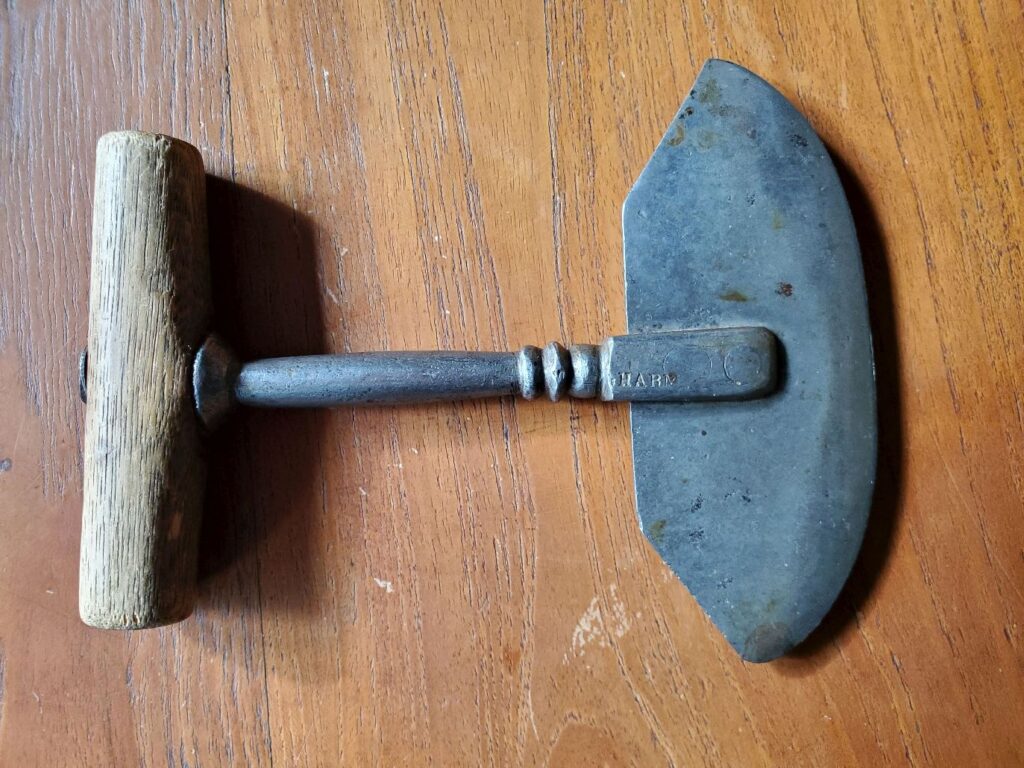
Okay, but what does leather trimming have to do with carriage-making, you may ask? Answer: trimming is another term for upholstering. A carriage-making company in the 19th century generally consisted of four departments: blacksmithing, carpentry, painting, and trimming, in other words, upholstering of carriage seats, cushions, dashes and what not. This trimming knife has the inscription Harm on it. The rough-hewn nature of it leads me to believe it was forged by hand by my great-great grandfather, Michael Harm.
Why hang onto these seemingly crude old tools? I’m keeping them not only for sentimental value. I see them as treasures of the artisan craft livelihoods of our German immigrant ancestors, of their toil and talent, of the legacy they left for posterity.

